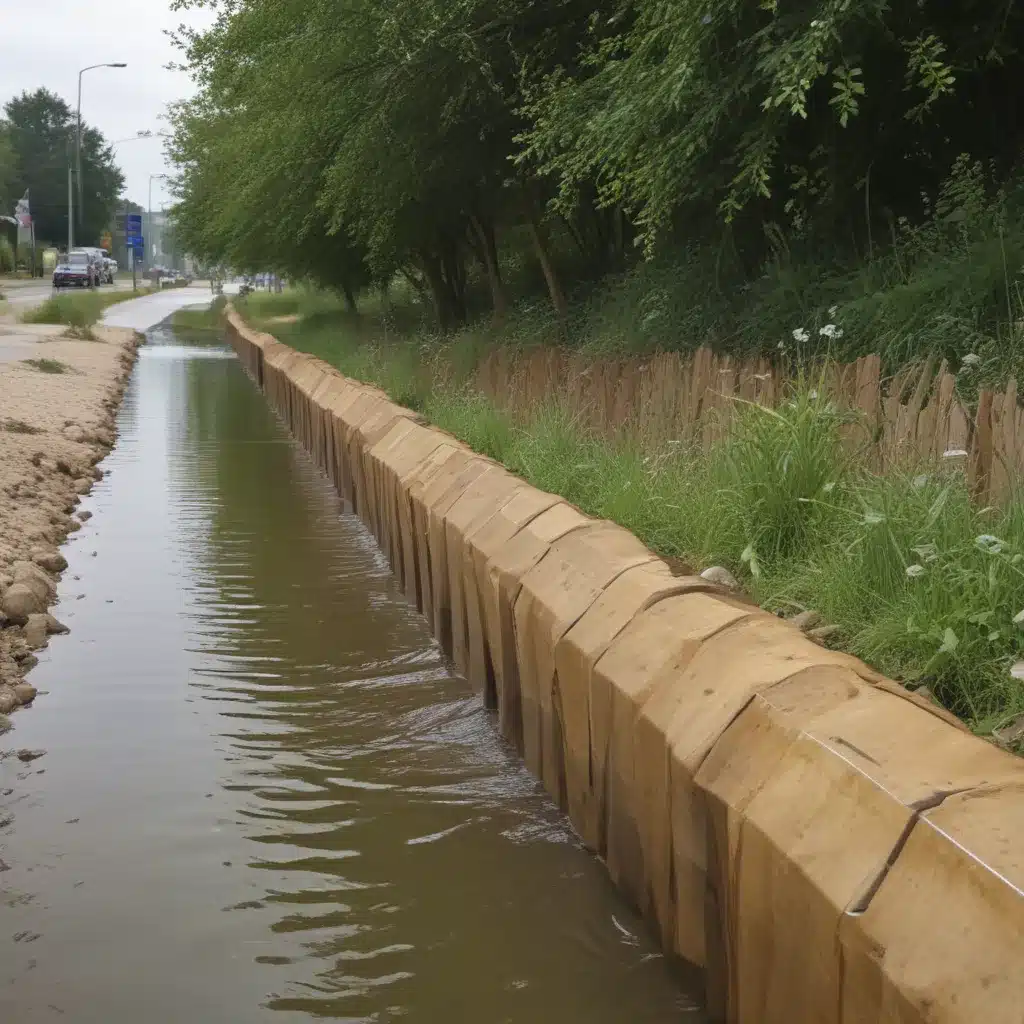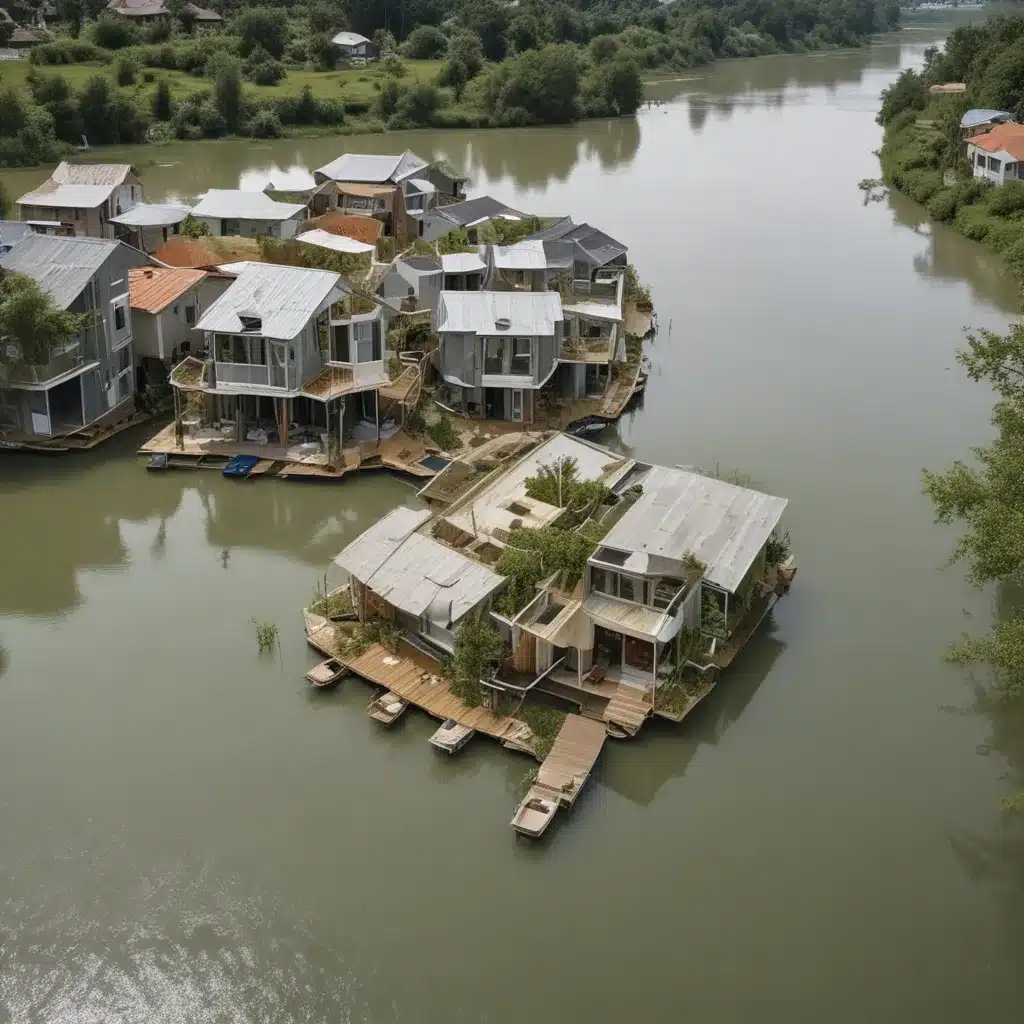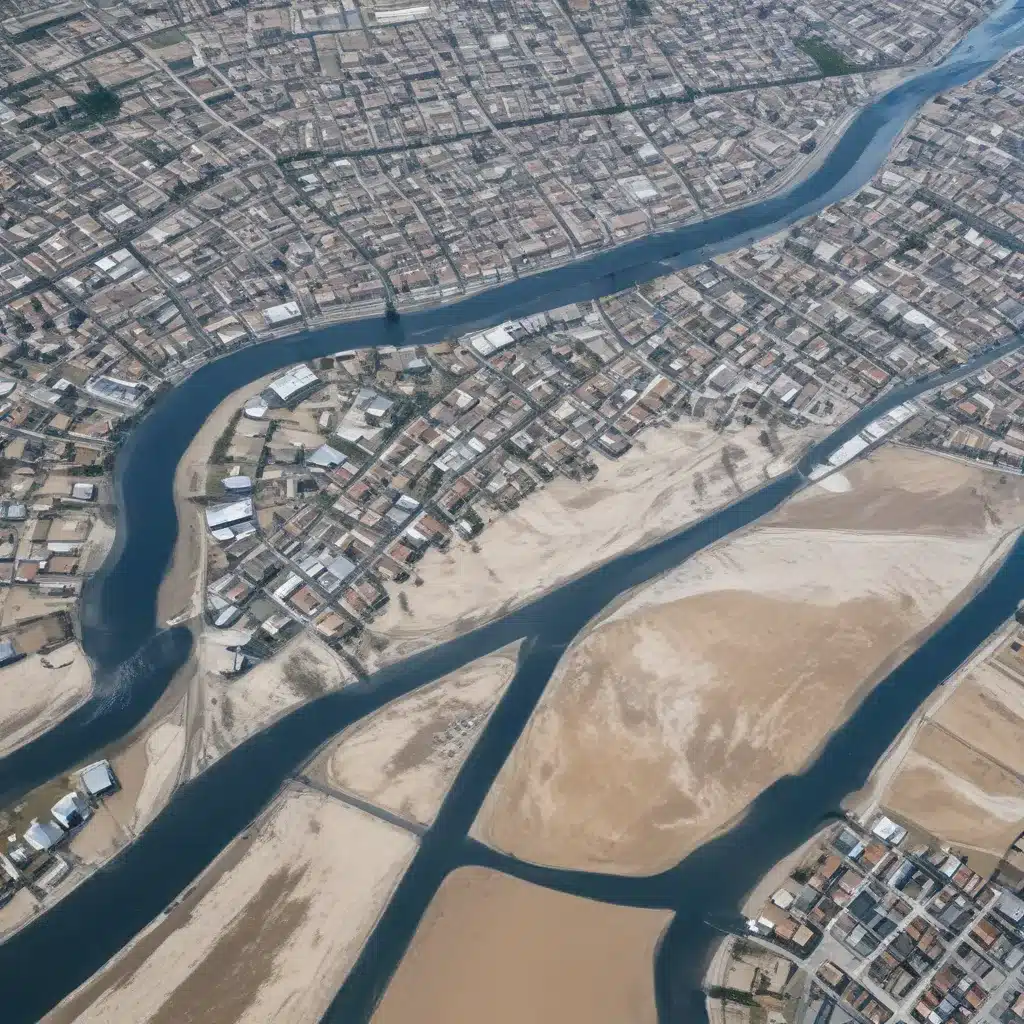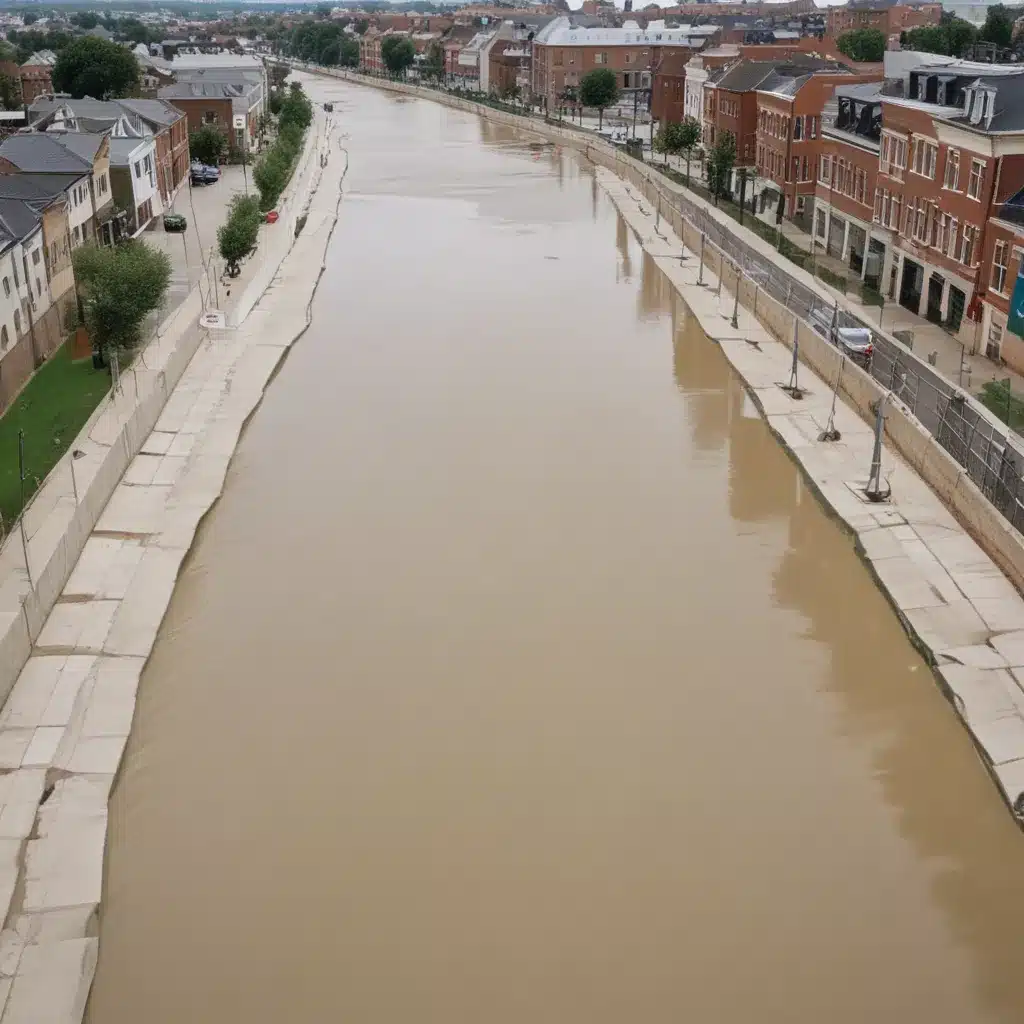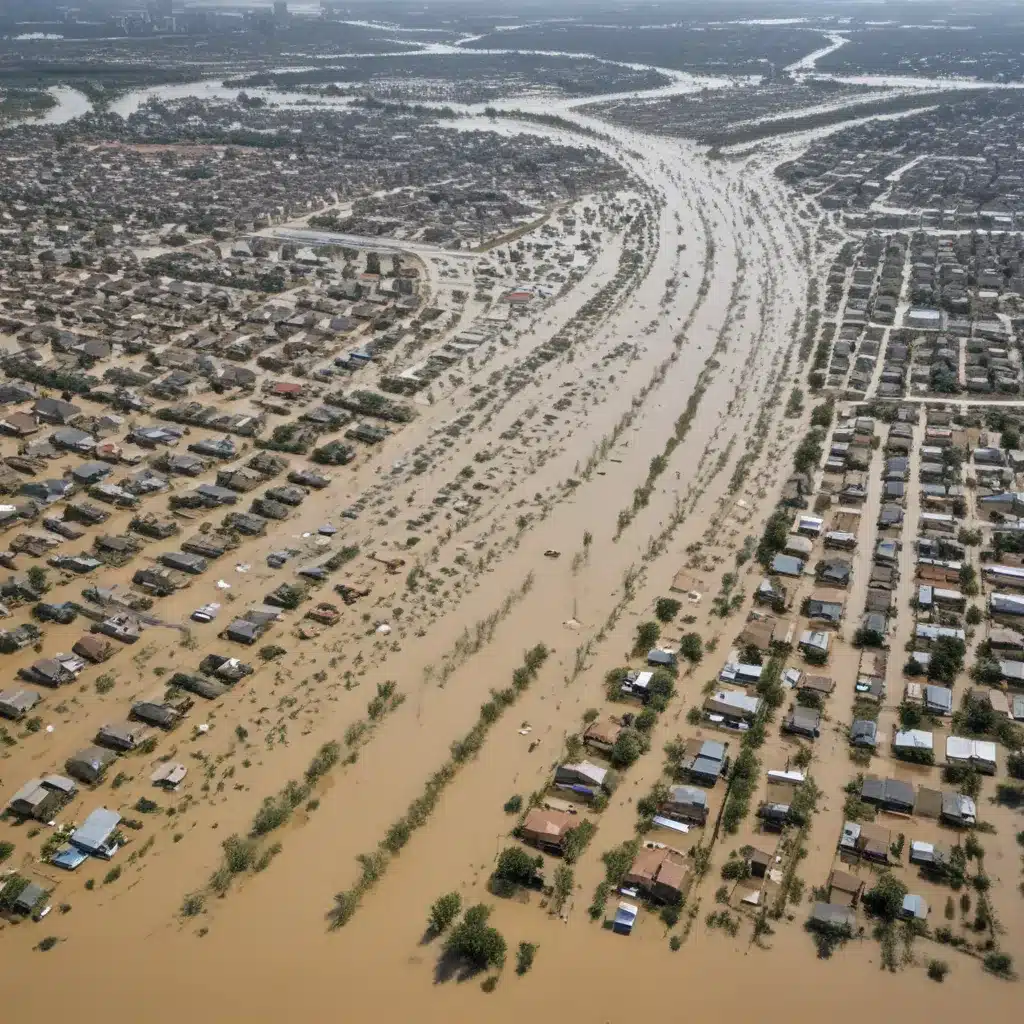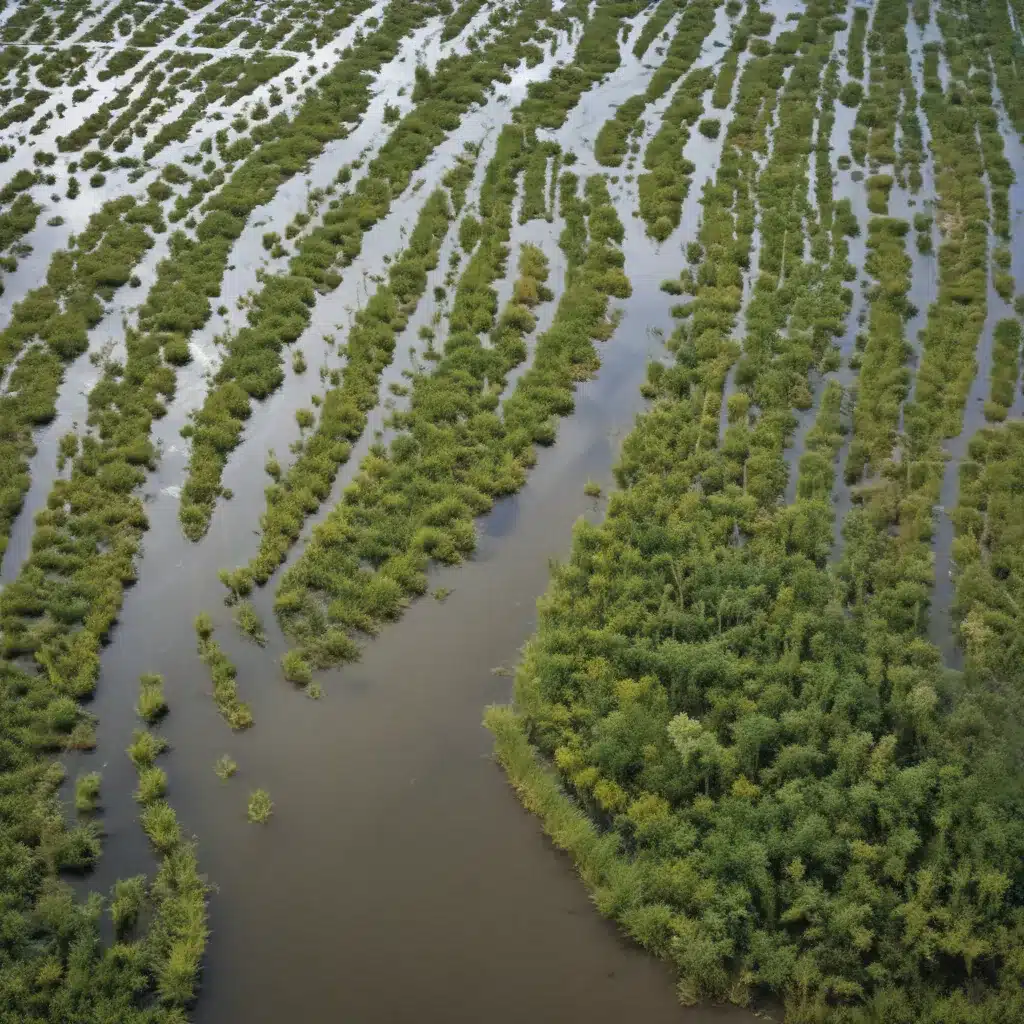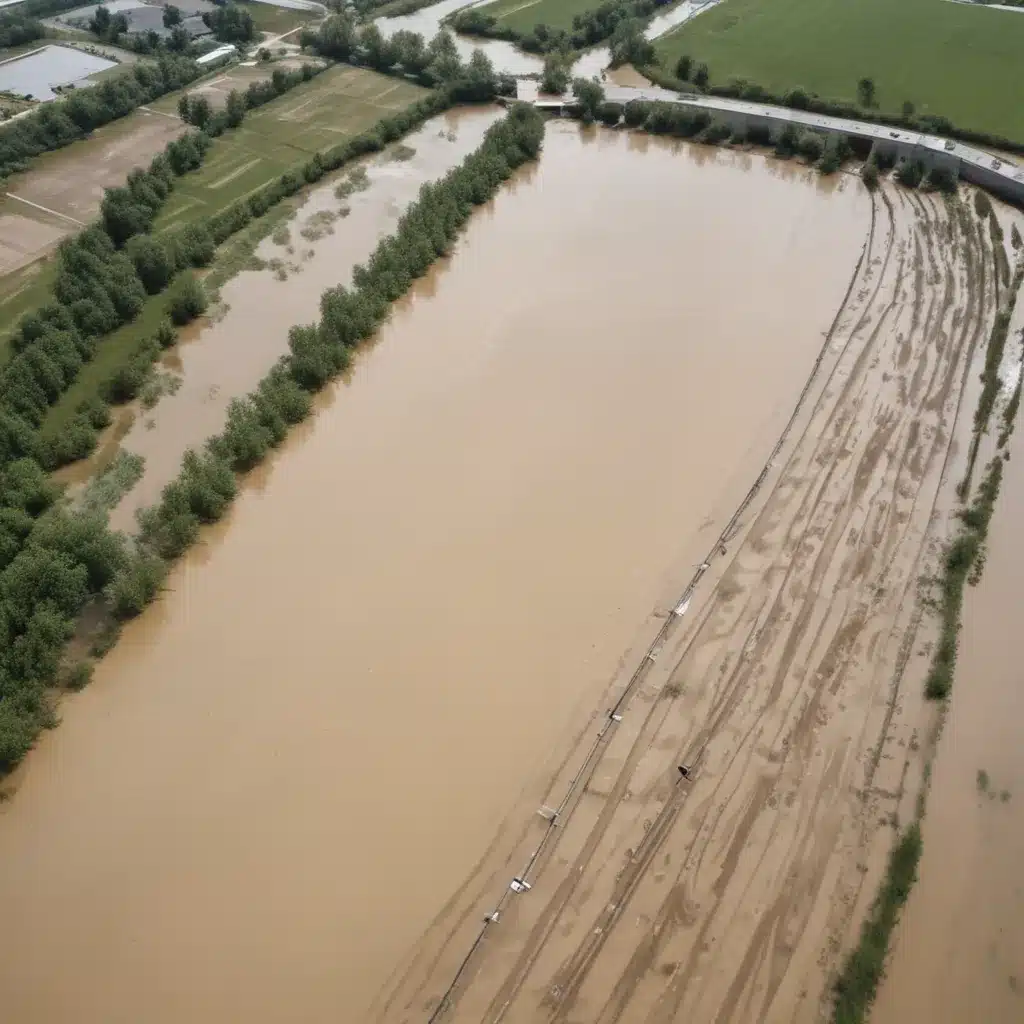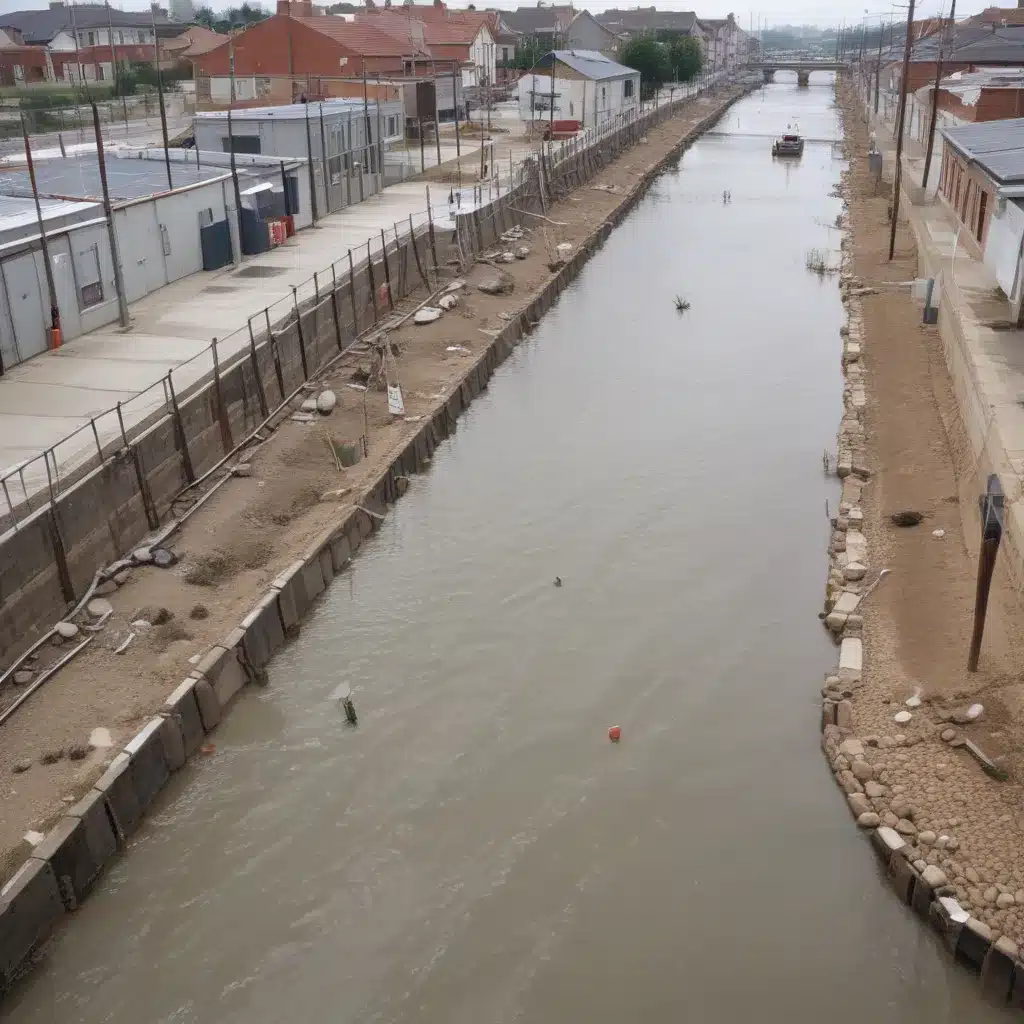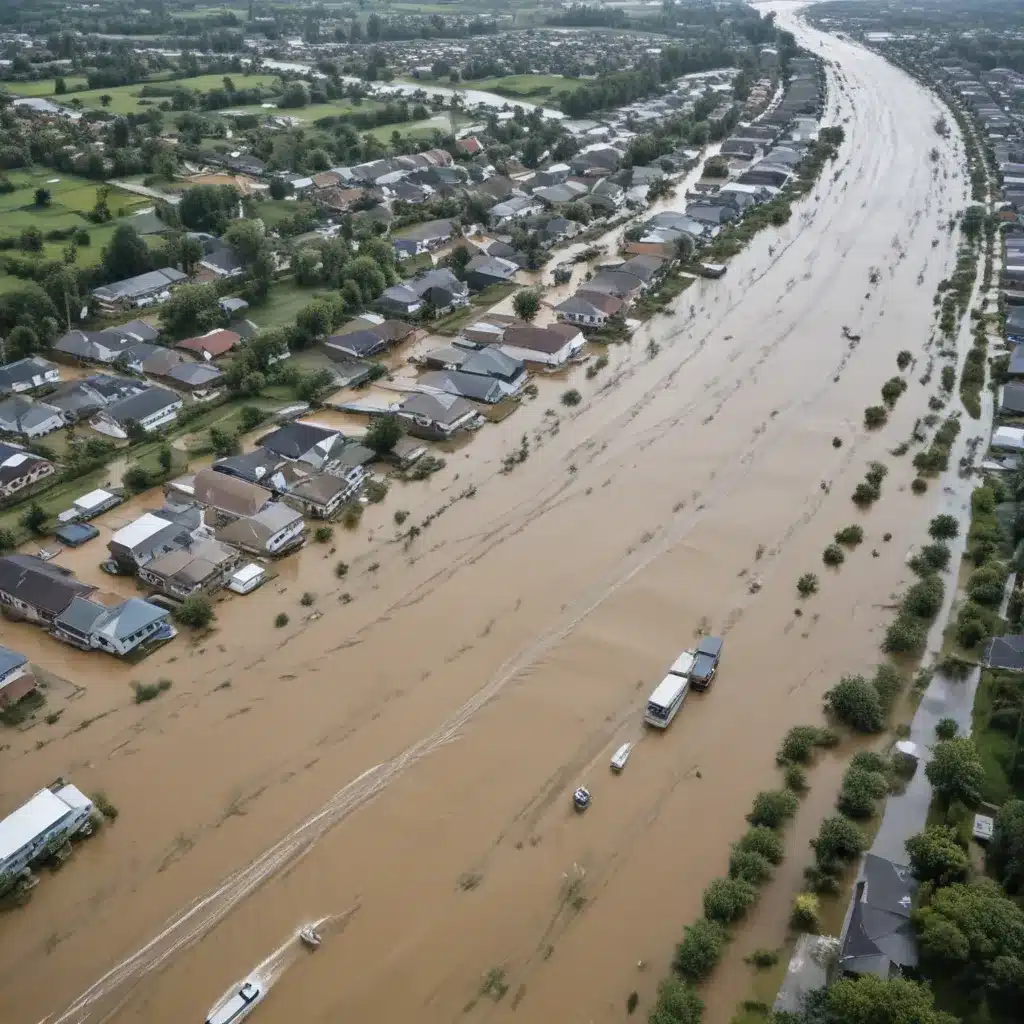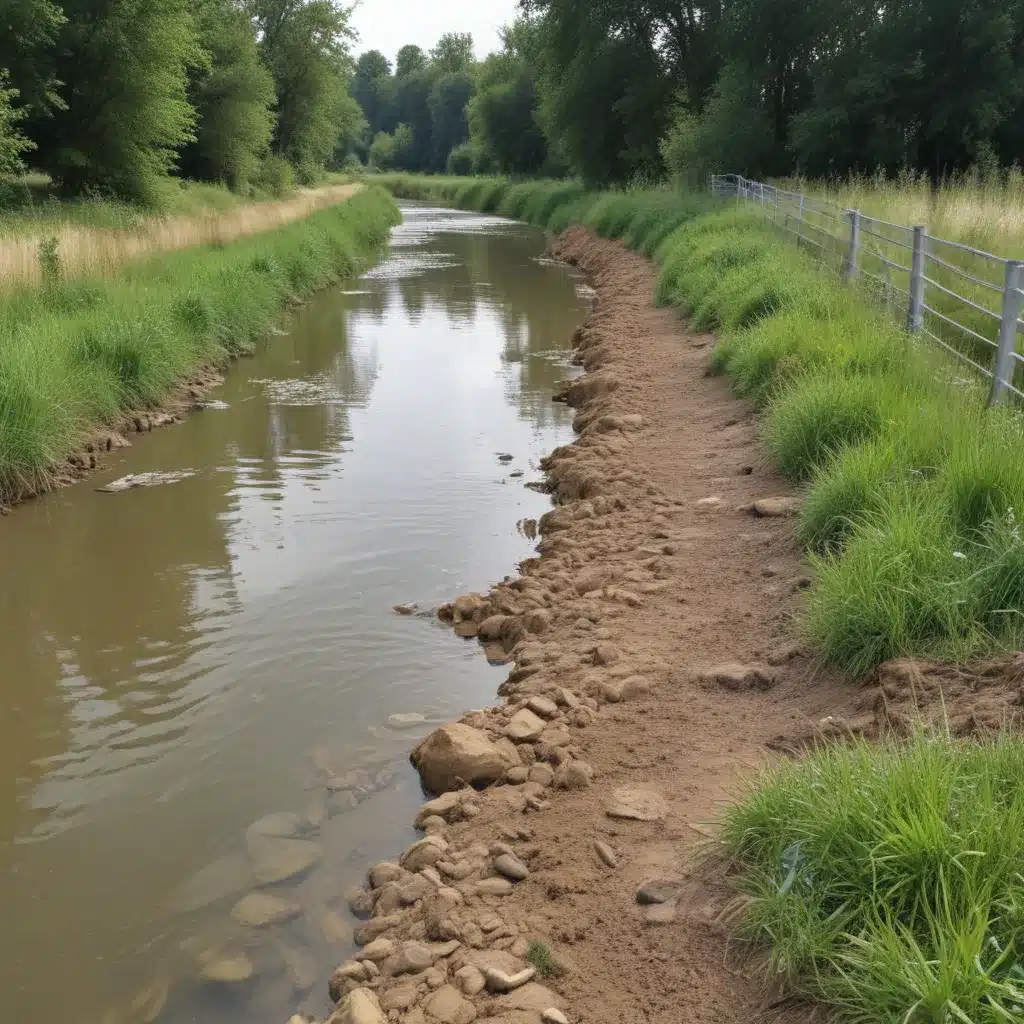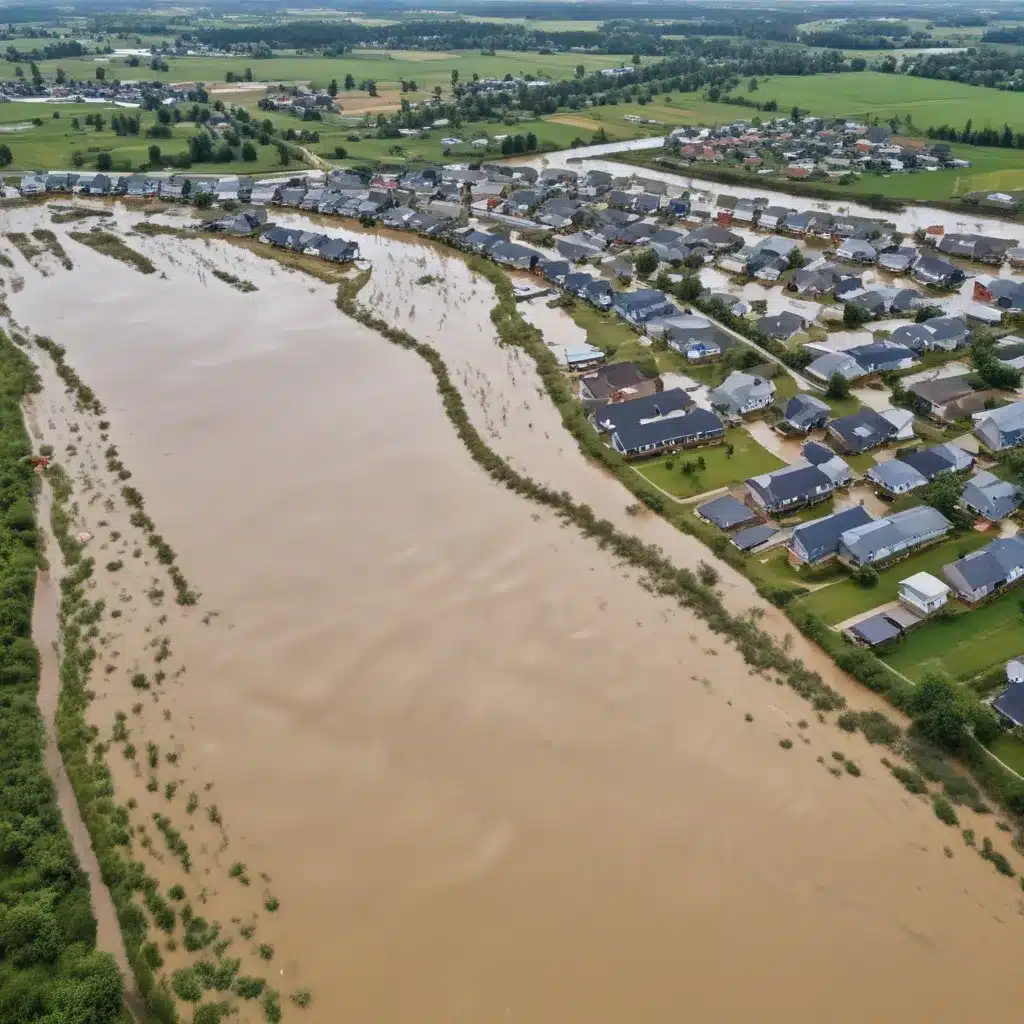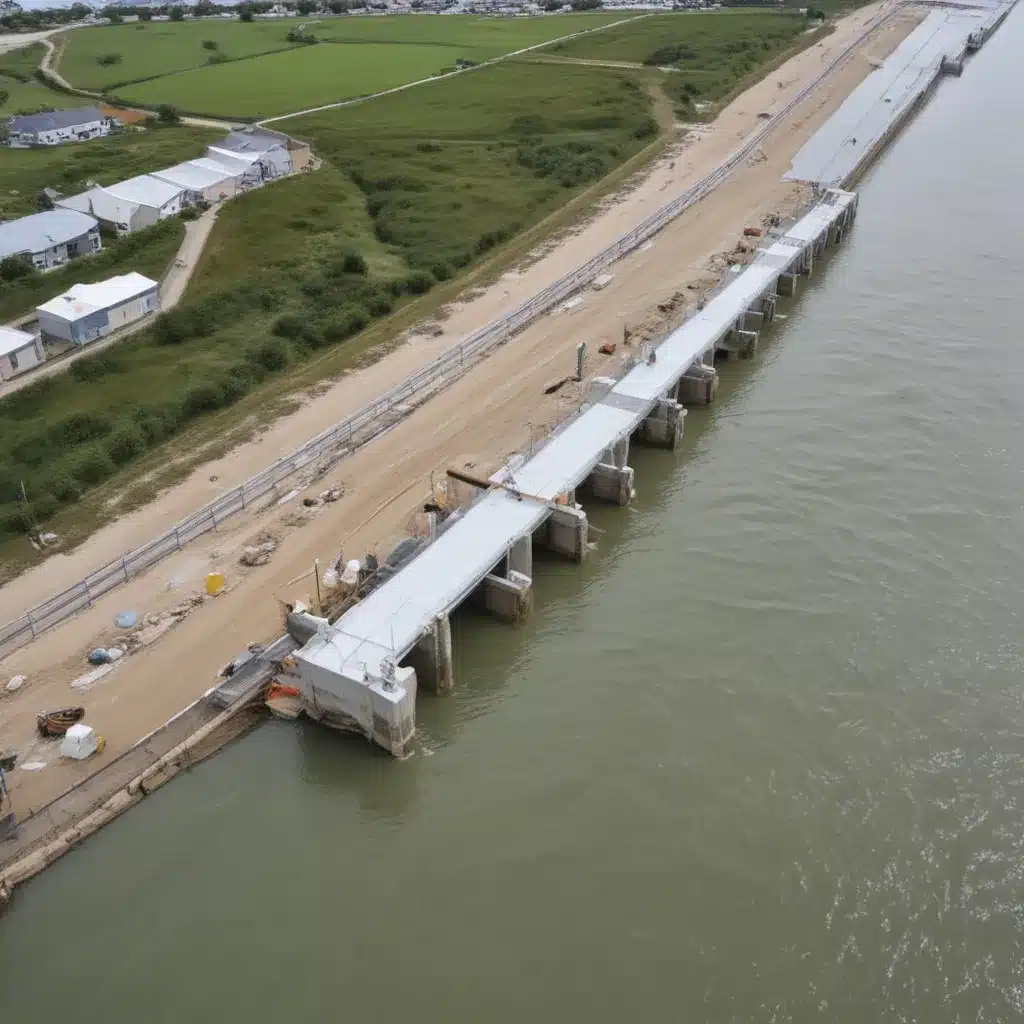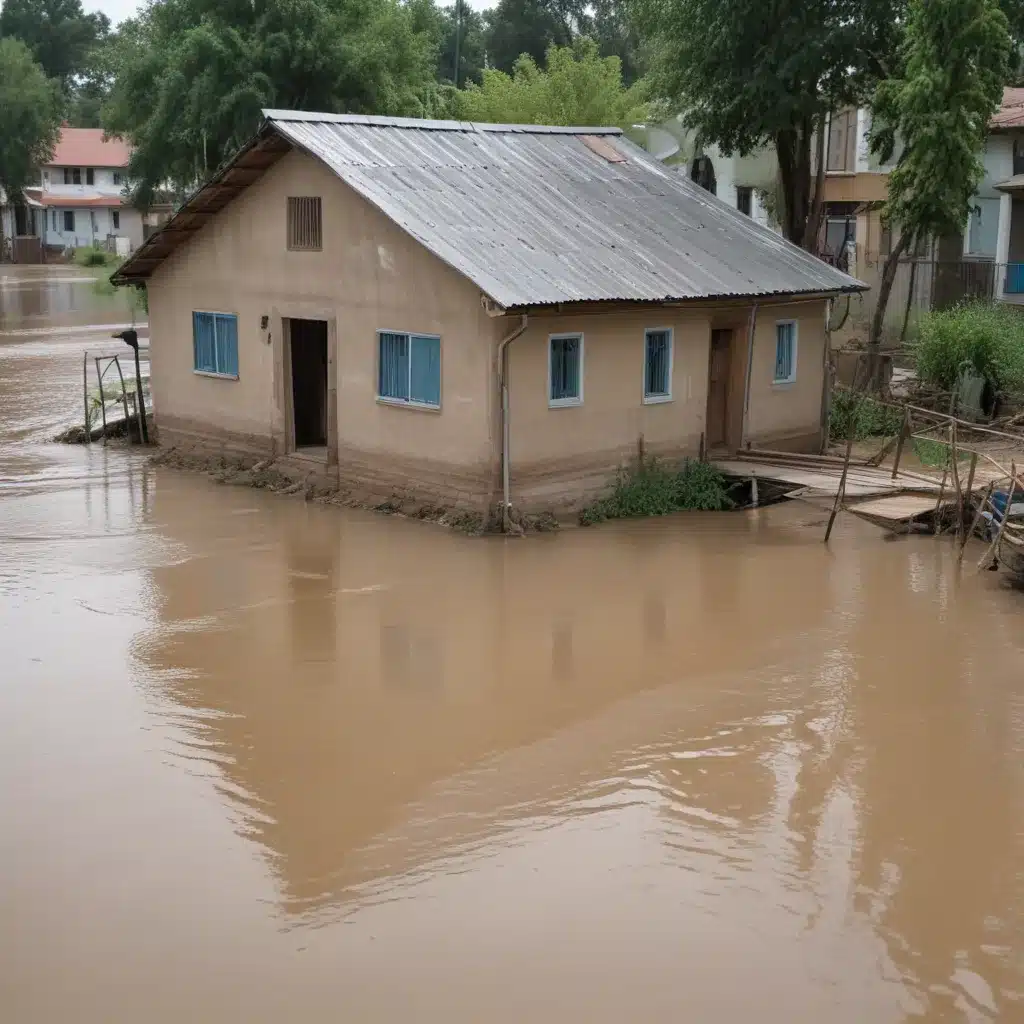In recent years, the world has witnessed an alarming increase in the frequency and intensity of extreme weather events, particularly devastating floods. These floods not only pose a threat to human lives and infrastructure but also wreak havoc on delicate ecosystems. As climate change accelerates, it becomes imperative to implement effective flood control projects that not only protect vulnerable communities but also safeguard the fragile balance of our ecosystems. In this article, we will explore the importance of flood control projects in preserving ecosystems, their benefits, and how they can be optimized to ensure their success.

The Impact of Flooding on Ecosystems
Flooding disrupts the delicate equilibrium of ecosystems by altering water levels, contaminating water sources, and causing soil erosion. These changes can lead to the displacement of native flora and fauna, loss of biodiversity, and long-term damage to ecosystems. Furthermore, the increased sedimentation and pollution resulting from flooding can degrade water quality, making it unsuitable for aquatic life.
Understanding the Role of Flood Control Projects
Flood control projects play a crucial role in mitigating the adverse effects of flooding on vulnerable ecosystems. These projects aim to manage and redirect floodwaters to minimize their impact on communities and the environment. By implementing a combination of structural and non-structural measures, flood control projects can effectively reduce flood risks while preserving the ecological balance.
Structural Measures: Building Resilient Infrastructure
One of the key components of flood control projects is the construction of resilient infrastructure. This includes the creation of dams, levees, and floodwalls that act as barriers to prevent floodwaters from inundating vulnerable areas. By strategically placing these structures, floodwaters can be directed away from critical ecosystems, ensuring their protection.
In addition to physical barriers, flood control projects also involve the development of drainage systems, such as channels and canals, to efficiently manage excess water. These systems help regulate water flow, preventing excessive pooling and reducing the risk of flooding.
Non-Structural Measures: Embracing Nature-Based Solutions
While structural measures are crucial, non-structural measures that embrace nature-based solutions are equally important in flood control projects. Nature-based solutions involve the restoration and preservation of natural features, such as wetlands and floodplains, to enhance their ability to absorb and retain excess water.
Wetlands, for example, act as natural sponges, absorbing and storing water during heavy rainfall events. By preserving and restoring wetlands, flood control projects can reduce the volume and velocity of floodwaters, minimizing their impact on downstream ecosystems.
Optimizing Flood Control Projects for Ecosystem Preservation
To ensure the success and effectiveness of flood control projects in protecting vulnerable ecosystems, several factors must be considered:
1. Comprehensive Environmental Impact Assessment
Before initiating any flood control project, a comprehensive environmental impact assessment must be conducted. This assessment evaluates the potential ecological consequences of the project and identifies measures to minimize any negative impacts. By proactively addressing environmental concerns, flood control projects can be optimized to protect ecosystems.
2. Stakeholder Engagement and Collaboration
Successful flood control projects require active participation and collaboration among various stakeholders, including government agencies, local communities, and environmental organizations. By involving all relevant parties in the decision-making process, projects can be designed and implemented with a holistic understanding of the ecosystem’s needs.
3. Long-Term Monitoring and Adaptive Management
Flood control projects should incorporate long-term monitoring and adaptive management strategies. Continuous monitoring allows project managers to assess the ecological response to the implemented measures and make necessary adjustments to optimize their effectiveness. This iterative approach ensures that flood control projects remain adaptive and responsive to changing environmental conditions.
4. Integration of Climate Change Considerations
Given the increasing frequency and intensity of extreme weather events attributed to climate change, flood control projects must integrate climate change considerations. By anticipating future climate scenarios and incorporating adaptive measures, projects can be designed to withstand and mitigate the impacts of changing climatic patterns.
Conclusion
Flood control projects play a vital role in safeguarding both human lives and vulnerable ecosystems from the devastating effects of flooding. By implementing a combination of structural and non-structural measures, these projects effectively manage floodwaters while preserving the delicate balance of ecosystems. Through comprehensive environmental impact assessments, stakeholder engagement, long-term monitoring, and consideration of climate change, flood control projects can be optimized to protect ecosystems and ensure a sustainable future for all. Let us embrace these projects as a means to weather the storm and protect our precious natural heritage.

